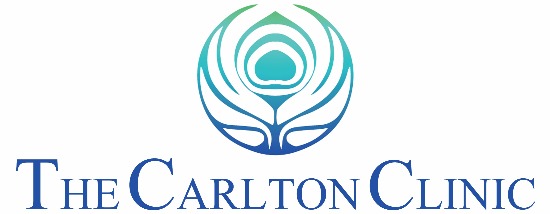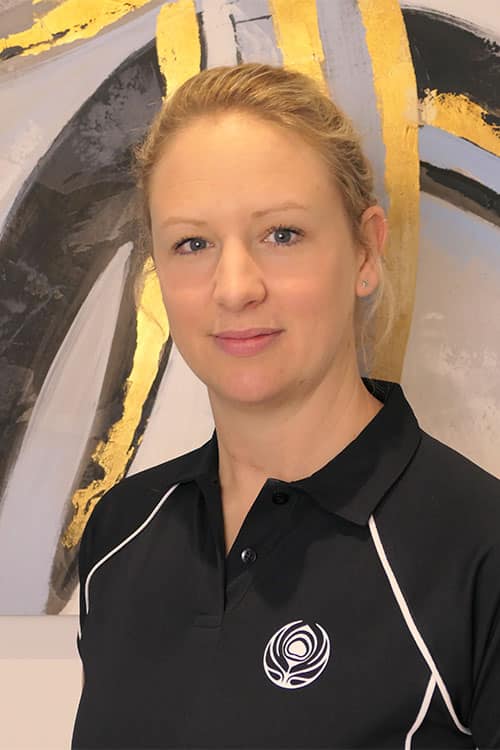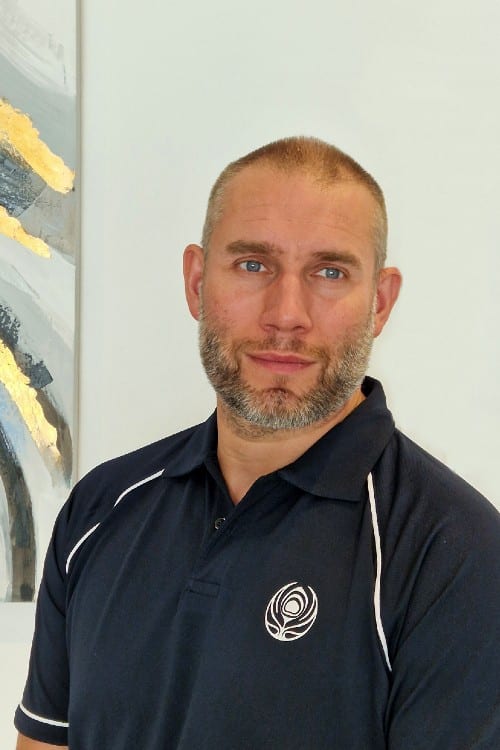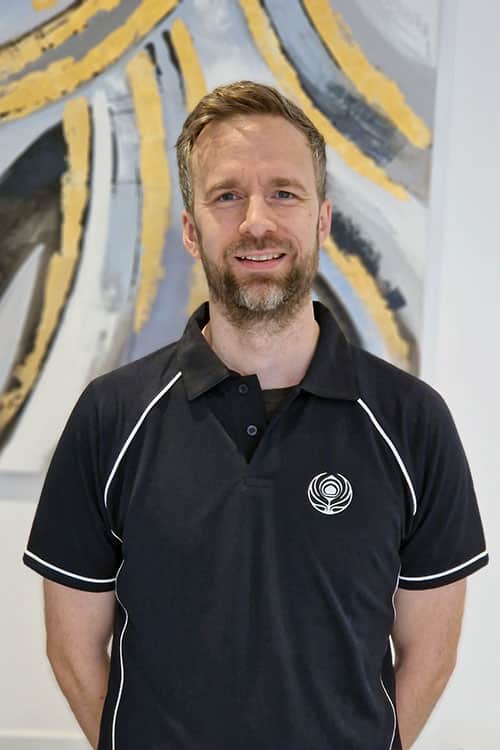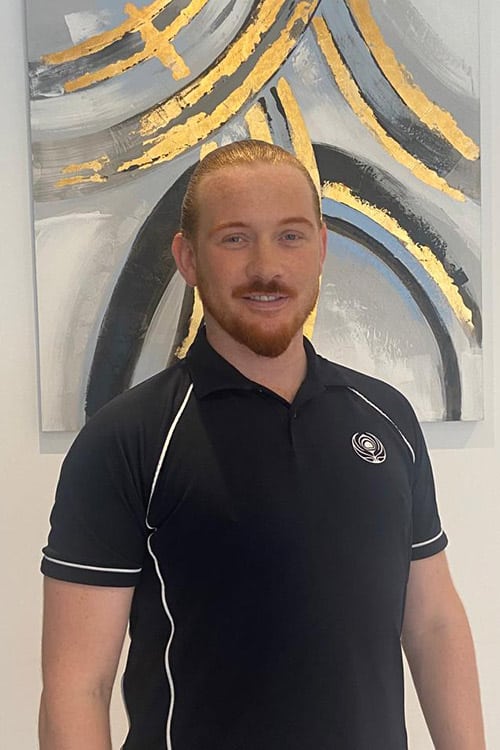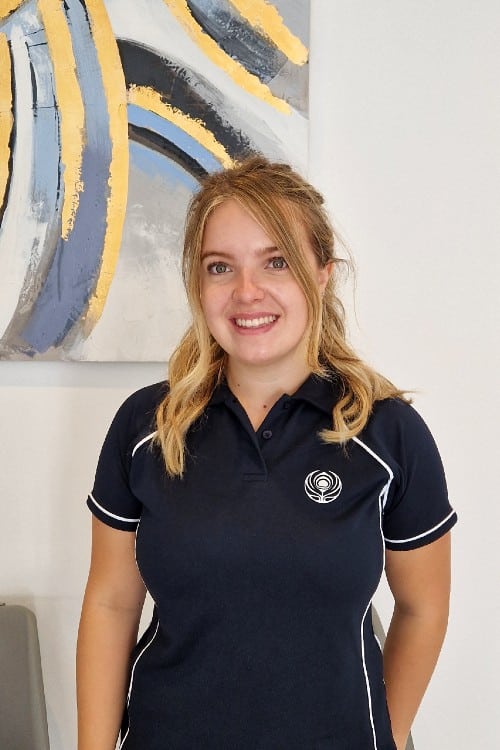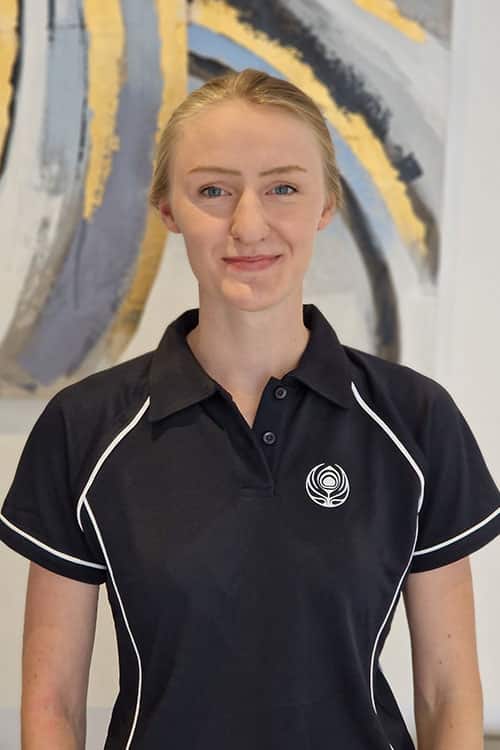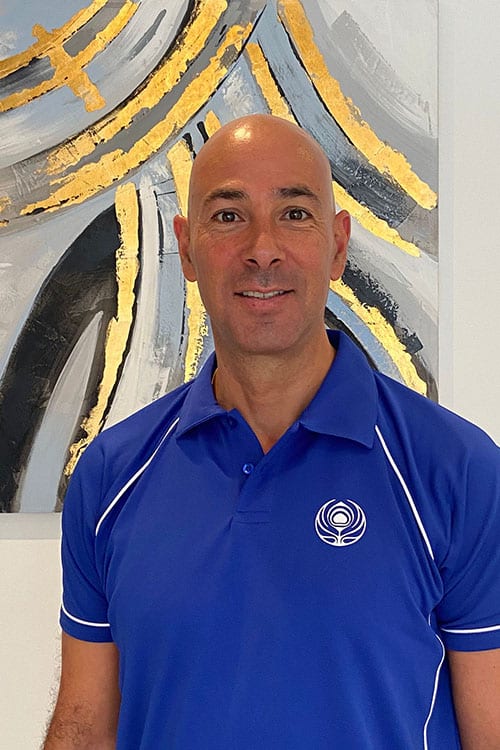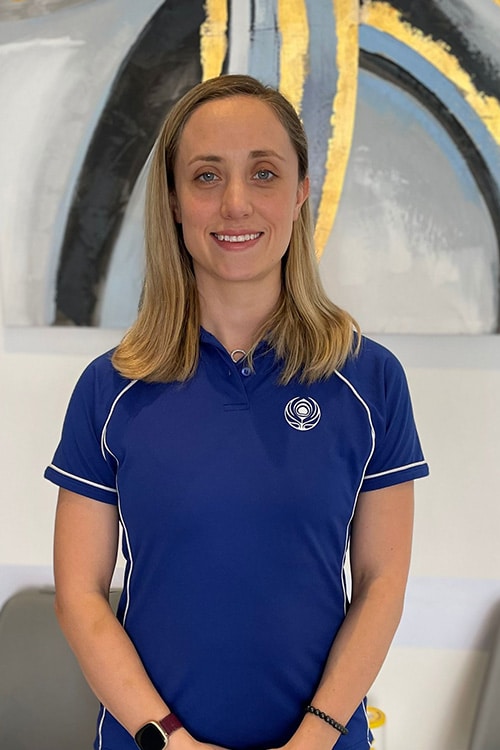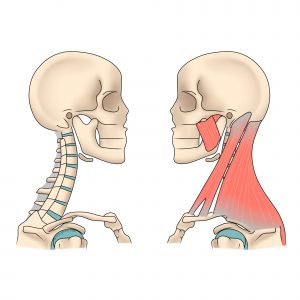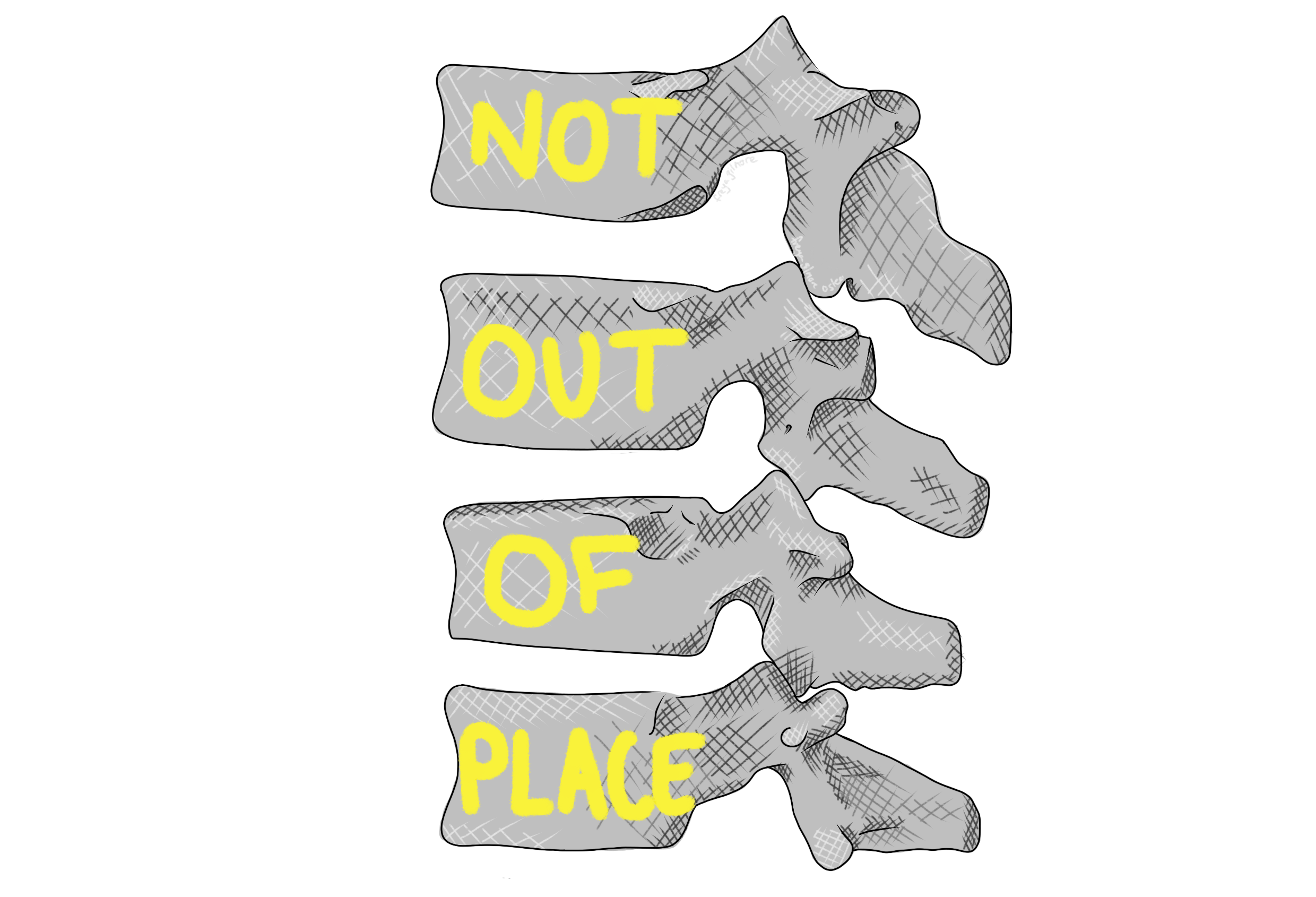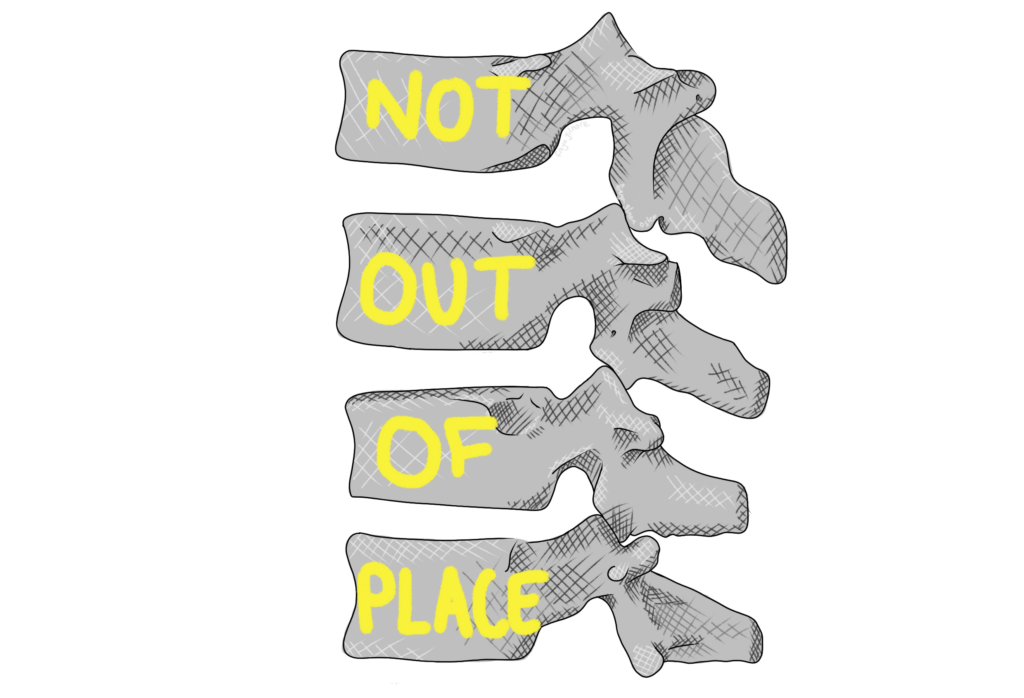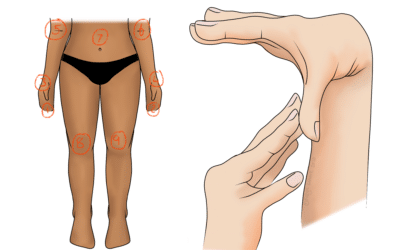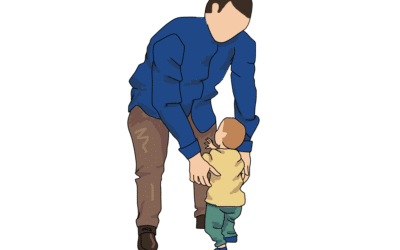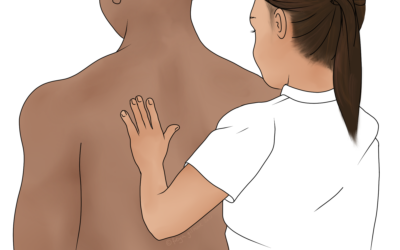Concerned patients come to us not only for pain relief, but to put their minds at ease too. Back pain is surrounded by myths, and busting them isn’t pedantic, it can actually help to reduce your symptoms.
The Nocebo Effect
You’ve probably heard of the Placebo Effect, where you feel the benefit from a sugar pill because you believe in it. The same can happen with a negative effect. Like if you had an X-ray for your neck pain that you were told showed the bones were “crumbling”, you would probably be fearful for your neck, move it less, and feel more pain. So breaking down negative myths around pain can help to undo some of that Nocebo. Imaging results can seem particularly scary, so if you’re concerned or don’t understand your results, bring the paperwork with you can we can translate what it really means for you.
The Myths of “Slipped” Discs
Discs can absolutely bulge and
cause pain (although not all bulges cause symptoms) but to suggest they “slip” is an unhelpful image. They are very firmly anchored to the bones above and below them. The bones are much more likely to break in an accident than the disc is to detatch, so please don’t fear for a disc freely moving around your back. In fact, disc bulges often reabsorb over time: a process which benefits from movement. So keep a disc injury moving gently if you want a quicker recovery time.
Behind the disc is space for the spinal cord and nerves, which is a channel well protected by bone. So you will never be able to feel a disc bulge by touch either.
Arthritis Myth: The Only Cure is Surgery
A diagnosis of
arthritis can be very upsetting, because you don’t often hear of positive interventions beyond joint replacement surgeries. These now have very long wait times and don’t offer much solace to people with arthritic spines.
The good news is, surgery is not the only option. Advanced arthritis sometimes responds to an injection, and
arthritis of all stages can benefit from exercises and osteopathic treatment to keep the muscles and joint moving. Your osteopath can guide you through a return to activity at a manageable and comfortable pace.
“I Should Just Get On With my Chronic Back Pain”
Even if your back pain has sat
unchanged for years, it might still benefit from treatment. Examination might even show that it isn’t quite what you thought it was. In which case, there may be other interventions available to you. Some rheumatological causes of lower back pain are often missed because the symptoms look like “garden variety” back pain, but medications can slow or stop the progression and limit the end result of the disease. We see a lot of back pain in clinic and have the time to examine thoroughly, so if you wonder if your pain is “normal”, let us know and we can look at it in depth to see if you need a referral.
Although osteopathy cannot cure every ailment, we can provide symptomatic relief for most things. When the body feels pain, muscles often tense around it to limit movement. But often movement would actually be helpful, and the tension is painful in itself. So treating around the area might just take the edge off even chronic symptoms.
